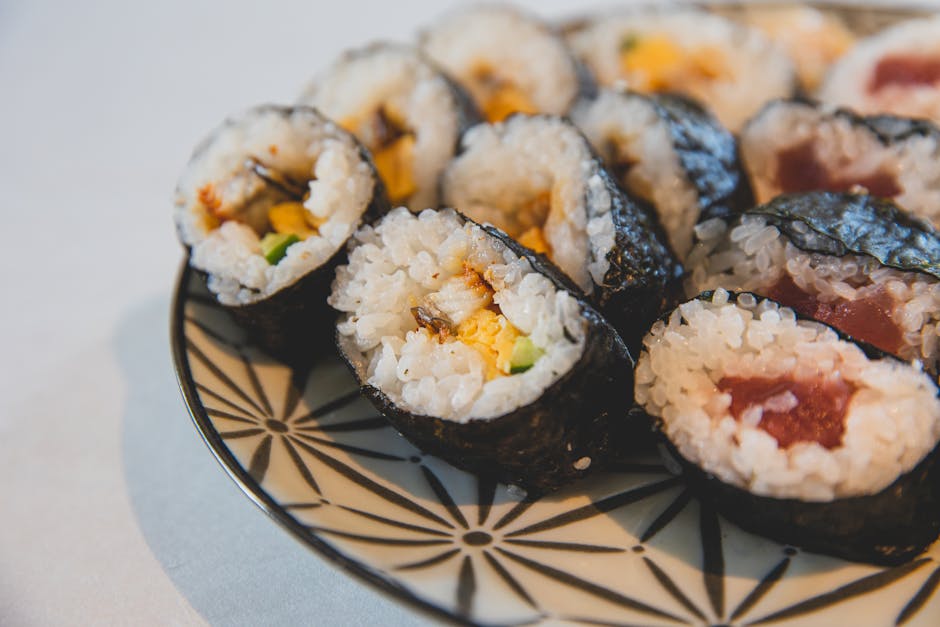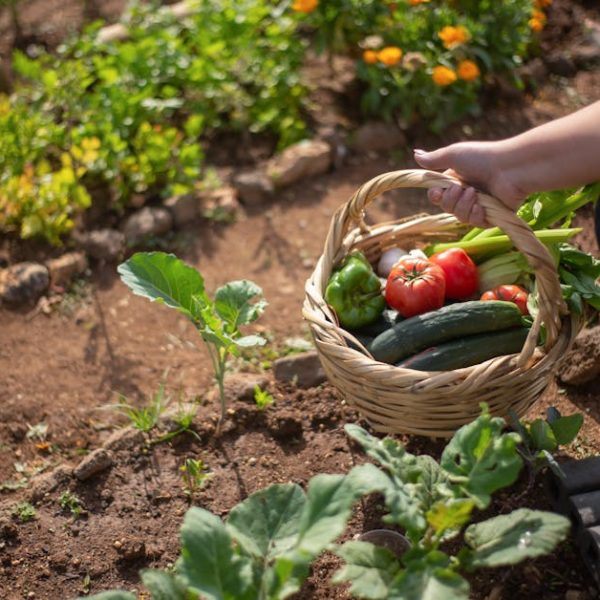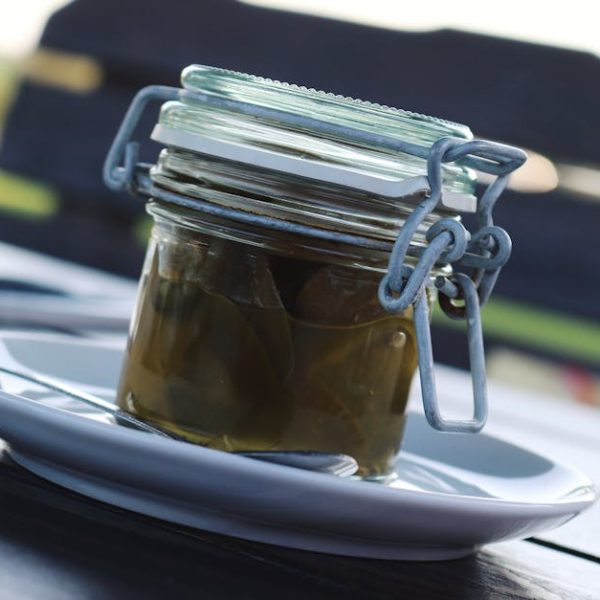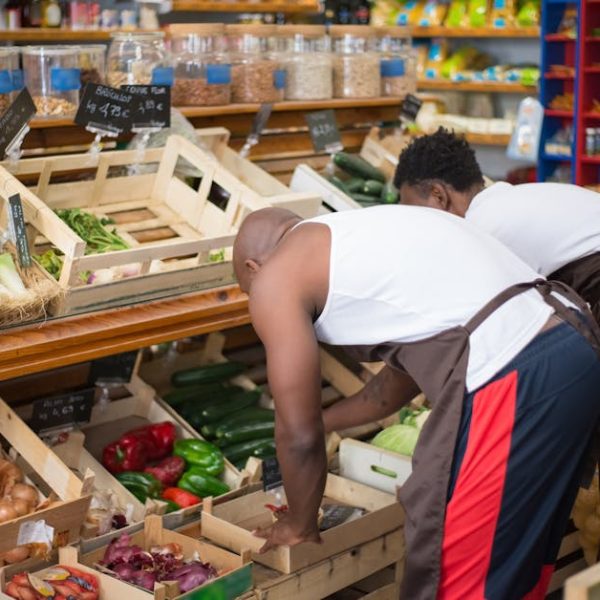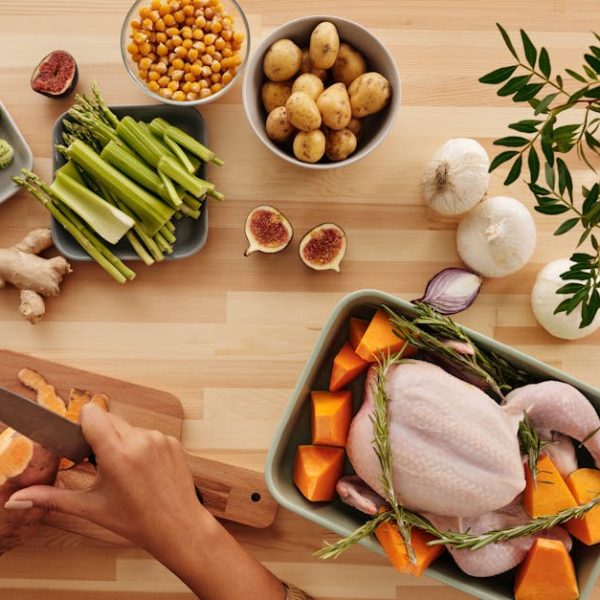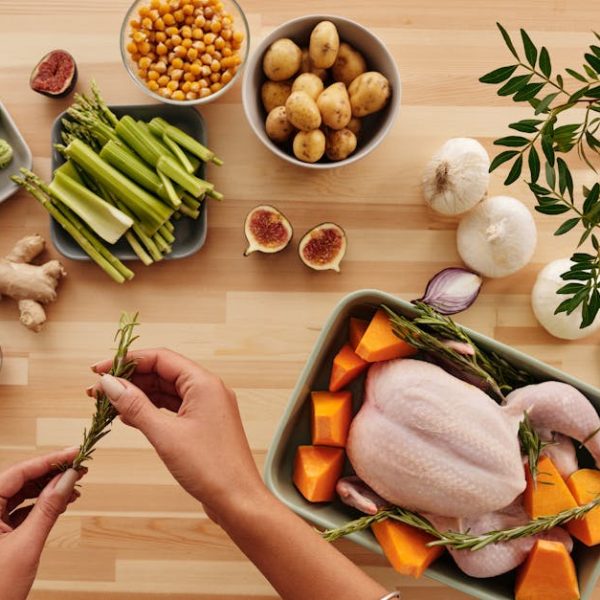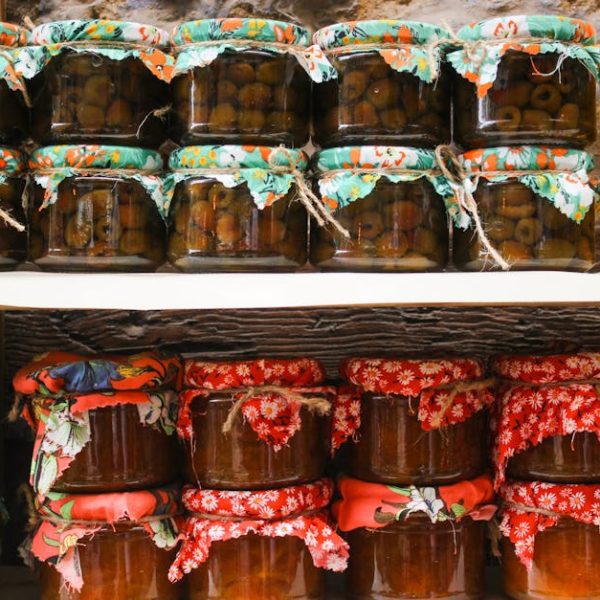Pickling vegetables is a time-honored tradition that elevates the flavors of our favorite veggies while also increasing their shelf life. If you’re wondering how to pickle vegetables perfectly, you’ll be delighted to know there’s more than one method, each with their unique characteristics. These range from conventional brine boiling to quick-fix refrigerator pickling, flavorful fermentation, and even variations using fruit juices, rice vinegar and soy sauce, salt, or a mix of oil and vinegar.
Understanding the Basics of Pickling
Pickling involves preserving and extending the lifespan of food – in this case, vegetables – by immersing them in a solution of saltwater brine or an acid such as vinegar. The process has been utilized for thousands of years across different cultures, for its capability to store food, improve taste, and generate beneficial enzymes.
Pro Tip : The ideal pickling balance usually lies in a 2:1 ratio of water to vinegar, mixed with suitable amounts of salt and sugar. Spices and herbs are added based on preference.
The Brine Boiling Method
This classic method of pickling begins with boiling your vegetables with vinegar, water, salt, and pickling spices. It’s quite easy and it ensures your vegetables will have a long shelf life when stored properly.
- Essential tools: a saucepan, clean jars with lids, tongs, and a jar lifter.
- Pros: Extended shelf life, versatile; works with most vegetables.
- Cons: High heat can alter texture, longer process.
Refrigerator Pickling for a Quick Fix
If you’re short on time or aren’t planning to store your pickles for an extended period, refrigerator pickling is a fast and effective method. This method doesn’t require heat; instead, vegetables are doused in a brine and stored in the refrigerator.
- Suitable vegetables: Cucumbers, onions, carrots.
- Best Practice : For optimal flavor, give your pickles at least 24 hours in the fridge before eating them. This method’s pickles can last up to two months.
The Fermentation Pickling Approach
For those about to venture into pickling, fermentation is a fascinating method to try. This ancient practice utilizes naturally-occurring bacteria to convert sugars into lactic acid, which acts as a natural preservative while also providing a distinctive tangy flavor.
Pro Tip : Ideal candidates for fermentation are cucumbers, cabbage, carrots, and green beans. Always make sure your jar is clean and your brine covers the vegetables to prevent mold.
Pickling with Fruit Juices
Another method worth exploring is pickling with fruit juices. Instead of vinegar, this approach utilizes the acidic nature of fruit juices to preserve and enhance the flavor of the vegetables.
- Popular fruit juice options: Lemon, orange, pineapple.
- Pros: Can provide a unique, fruity flavor profile.
- Cons: Not suitable for all vegetables, shorter shelf life.
This journey into the diversified world of pickling merely scratches the surface. In the next segments, we will be plumbing the depths of exotic Asian-Style Pickling with rice vinegar and soy sauce, age-old Salt Pickling techniques, the Italian-inspired Oil and Vinegar Method, and innovative pickling combinations. Stay tuned!
Asian-Style Pickling with Rice Vinegar and Soy Sauce
Combine your love for Asian cuisine with home pickling using rice vinegar and soy sauce. This method introduces an added depth of flavor thanks to these ingredients’ inherently rich umaminess.
Checklist:
- Prepare your fresh vegetables
- Mix suitable amounts of soy sauce, rice vinegar, and optionally sugar, in a pot
- Cook the brine until the sugar dissolves
- Pour the brine over your vegetables in a jar
- Store and refrigerate for at least 24 hours
Sansai vs. Tsukemono:
| Sansai | Tsukemono | |
|---|---|---|
| Definition | Japanese term for mountain vegetables often pickled | General term for pickled vegetables in Japan |
| Common Vegetables Used | Fiddleheads, bracken, bamboo shoots | Cucumbers, radishes, cabbage |
Exploring the Salt Pickling Technique
The salt pickling method or salt fermentation is highly valued for its simplicity. By using only salt and water, it lets the natural flavors of the vegetables shine through, melded with the tangy taste of fermentation.
Best Practice : Use a ratio of about 2-3% of salt to the weight of your vegetables. Also, don’t forget to fully submerge your veggies in the brine to prevent mold formation.
Unique Pickling: The Oil and Vinegar Method
For an Italian flair to your pickled goodies, try the oil and vinegar method. A well-balanced mix of your favorite oil and vinegar can create a uniquely luxurious flavor, making it an awesome addition to salads or antipasto.
Best Types: Olive oil, apple cider vinegar, or wine vinegar.
Pro Tip : Always store oil and vinegar pickles in the refrigerator, and consume within a few weeks for freshness.
Combinations and Experiments in Pickling
Embrace your culinary creativity by experimenting with various pickling methods and flavors. Discover the adventurous joy of combing different techniques, or incorporating a variety of spices, herbs, and more.
Out-of-the-box Ideas: Mix Asian-style and fruit juice pickling, use hot chili oils in oil and vinegar pickling, or create a custom spice blend to add to your classic brine.
Pickling vegetables doesn’t have to be a complex task. By understanding the methods, involving some practices, and exploring the endless possibilities, you can enjoy a variety of tangy, crisp, perfectly pickled vegetables all year round. Happy pickling!
Key Takeaway:
- The art of pickling vegetables involves diverse methods, each yielding different flavors and attributes.
- The boiling brine method is traditional and ensures a longer shelf-life while the refrigerator pickling is a quick fix, ideal for a shorter storage period.
- The fermentation approach eases the process by using natural bacteria to produce a distinctive taste.
- Pickling through fruit juices, rice vinegar, soy sauce, salt, and oil and vinegar offer unique flavor profiles.
- Exploring different methods and combinations, experimenting with spice infusions can yield some surprising and delightful results.
In the world of pickling, there truly is something for everyone. From traditional methods to modern twists, you have the opportunity to transform ordinary vegetables into deliciously tangy treats. Don’t be afraid to experiment, as creating unique flavor combinations is what makes pickling fun and exciting. By following the tips in this article, you’re on the path to becoming a pickle connoisseur. Keep exploring and happy pickling!
FAQs
Q: What vegetables are best for pickling?
A: You can pickle a wide variety of vegetables. However, cucumbers, onions, and carrots are some of the most commonly pickled vegetables due to their flavor and texture when pickled.
Q: Is there a general rule for the amount of vinegar to use while pickling?
A: An ideal pickling solution tends to have a 2:1 ratio of water to vinegar. However, depending on your preference and the method of pickling you’re using, this ratio can vary.
Q: Can I use a variety of spices while pickling?
A: Certainly! Part of the adventure of pickling is exploring various spices and herbs. Some ingredients to consider include garlic, dill, celery seed, turmeric, and bay leaves, among others.
Q: How long does it take for vegetables to pickle?
A: The time can vary greatly depending on the method you use. For example, refrigerator pickling can yield tasty results in 24 hours, while fermentation methods can take several weeks.
Q: How long do pickled vegetables normally last?
A: When stored correctly, most homemade pickles can last anywhere from a few weeks to a year or more. It largely depends on the method you use to pickle them.
Enjoyed this article? Feel free to share with fellow pickling enthusiasts and explore other interesting posts on our website!
